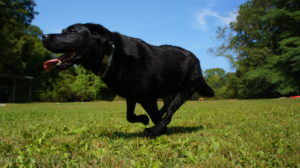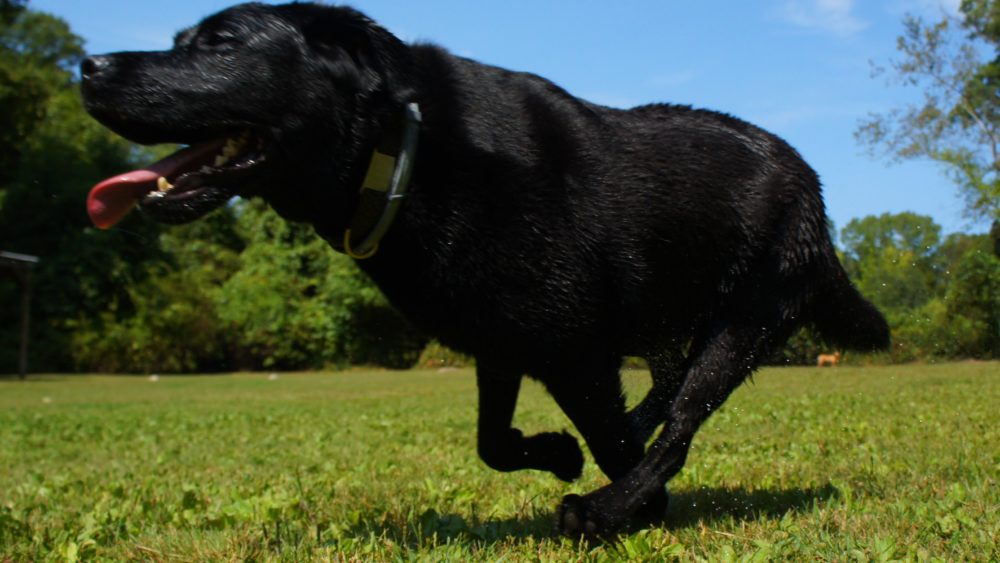 As humans exercise is a key part of staying healthy, losing weight, or toning up and feeling better. Exercising your dog is no different, but not all pups are built the same. Different breeds and ages often require different levels of activities. Your four-legged friend doesn’t have a personal trainer though, so if you’re looking to be their fitness advocate here’s a few things to keep in mind.
As humans exercise is a key part of staying healthy, losing weight, or toning up and feeling better. Exercising your dog is no different, but not all pups are built the same. Different breeds and ages often require different levels of activities. Your four-legged friend doesn’t have a personal trainer though, so if you’re looking to be their fitness advocate here’s a few things to keep in mind.
Breeds that have deep-chests and narrow-bodies, like German Shepherds, Doberman Pinschers and Great Danes shouldn’t do heavy exercise right after meals as they could bloat.
Short-legged dogs can be extremely active and that’s fine, but keep in mind that their joints aren’t built for long distance or high stress like taller dogs. Sometimes we need to know when to say when with our best friends.
Brachycephalic breeds, dogs with a flat face or stubby nose, can have a ruff time breathing. So if you’re taking that bulldog on a run make sure you know their limits. Take breaks if you need to, especially if it’s a hot day.
Young dogs are still growing and so are their bones and joints. Appropriate exercise is great for puppies and in most cases an absolute necessity. Much like kids, puppies without something to do will – err – entertain themselves. However, too much at a crucial age can cause bone and joint problems later in life. On their own most dogs will moderate themselves, but if you have a pup that ‘just can’t stop’ help them to know their limits.
Greyhounds and other sighthounds are sprinters, not long distance track stars. Their speed can be incredibly impressive, but that doesn’t mean you should take them on a five mile non-stop run. But let’s be honest, unless you’re The Flash you won’t be able to keep up with them anyway.
Water dogs like Golden Retrievers and Labs might as well be fish! And swimming is an amazing form of exercise for them. It can even be a good way for older dogs to still get their bodies moving without a lot of stress on their joints. Since we are lucky enough to be surrounded by ocean this is also a pretty accessible activity. Many beaches even allow dogs during the off seasons. Be cautious of undertows and other hazardous conditions.
Check out this list from BringFido.com.
Older dogs obviously require a lighter touch. More than any other breed or age this section is very subjective. Every dog and breed ages differently, so make sure to talk with your vet about what’s best. If you’re concerned about your dog’s age, one of the key things you can do is just slowly scale back what they’re used to.
For more information about what exercises can help your dog the most take a look at WebMD for Pets.
- Ruffin’ Wranglers

Comments are closed.